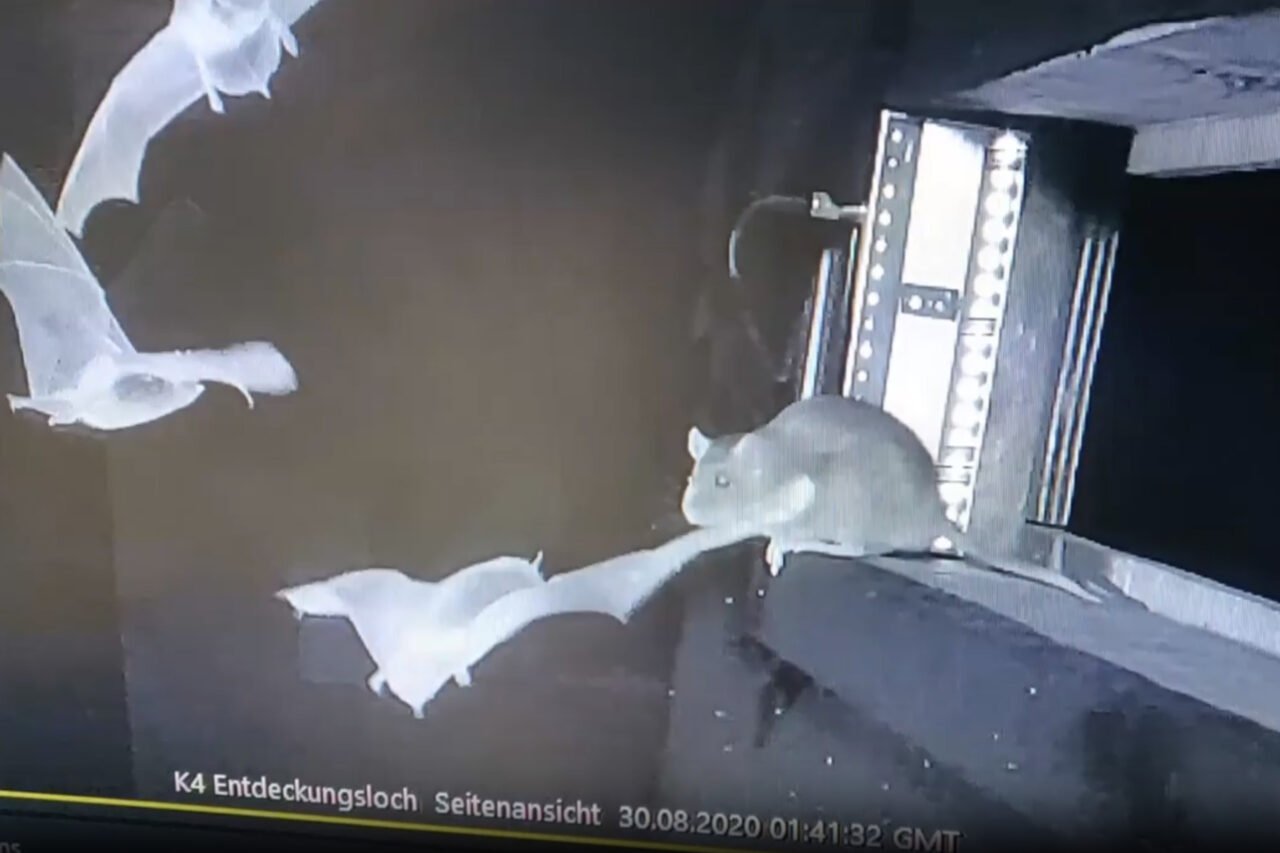Recent research from Germany has revealed alarming predatory behavior among brown rats, Rattus norvegicus, targeting local bat populations. In a study published in the journal Global Ecology and Conservation, scientists documented rats hunting and killing two bat species, Myotis daubentonii and Myotis nattereri, near key hibernation sites in northern Germany. The researchers expressed concern over the implications of these findings for bat populations, which play essential roles in ecosystems.
Surveillance Uncovers Rat Behavior
The investigation began in 2020 with the deployment of infrared surveillance cameras at the Segeberger Kalkberg, one of the primary bat habitats in the region. Over five weeks, 30 predation attempts were documented, resulting in 13 confirmed kills. Additionally, the researchers discovered the remains of at least 52 bats stored by the rats, suggesting a pattern of regular feeding and potential food hoarding.
The videos captured during this period revealed two notable hunting strategies employed by the rats. They either intercepted bats midair or ambushed them upon landing. In both scenarios, the rats positioned themselves strategically, launching forward to deliver a fatal bite. If the initial strike did not incapacitate the bat, they used their forelegs to hold it in place for a follow-up bite.
Further investigations from 2021 to 2024 provided additional evidence of predation, including a cache of bat carcasses found at the Lüneburger Kalkberg. The arrangement of these carcasses mirrored the hoarding behavior observed at the Segeberger Kalkberg, reinforcing the conclusion that brown rats are systematically preying on bats in these areas.
Implications for Ecosystems and Human Health
While brown rats are not typical predators of bats, their opportunistic feeding habits can pose significant risks. The paper noted that brown rats often consume whatever food is available, citing instances where their diet consisted of 86% fish in areas near Japanese fish markets. Although bats may not represent their sole food source, the findings indicate that they could make up a considerable portion of the rats’ diet.
The potential impact of such predation is concerning. Bat populations are crucial for maintaining ecological balance, contributing to insect control, seed dispersal, and pollination. The researchers highlighted that the decline of bat numbers due to rat predation could disrupt these essential ecosystem services.
Moreover, the interaction between bats and rats raises public health concerns. Both species are known carriers of various pathogens, including coronaviruses. Although this study did not specifically investigate disease transmission, the risk of pathogen exchange between these wildlife reservoirs is a significant factor that warrants attention.
In summary, the findings from this research serve as a stark reminder of the complex dynamics within ecosystems and the potential consequences of invasive species like brown rats. The alarming behavior observed in northern Germany calls for increased awareness and potential conservation efforts to protect vulnerable bat populations from further decline.







